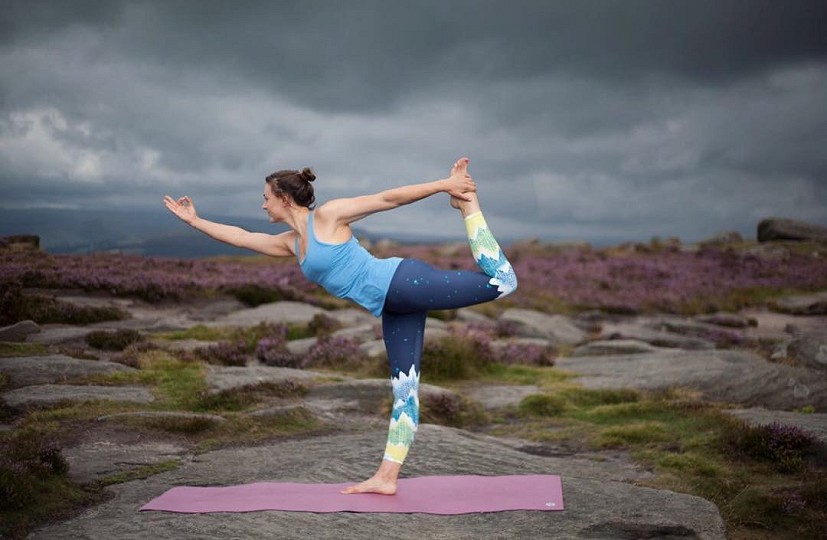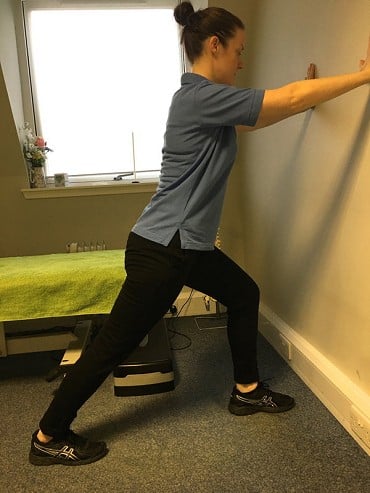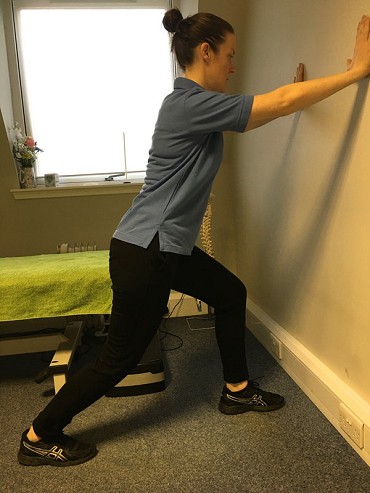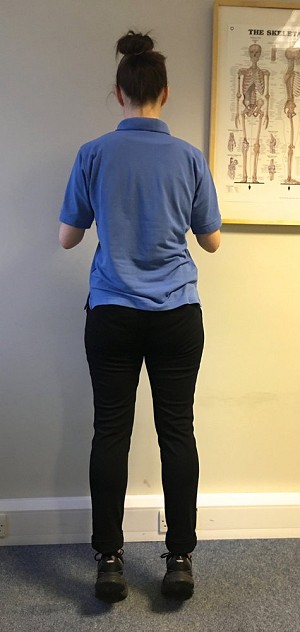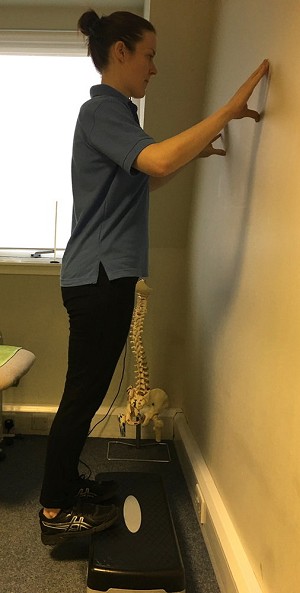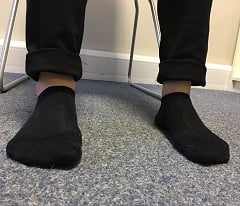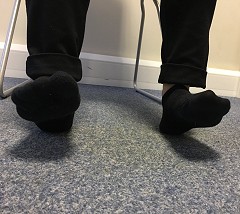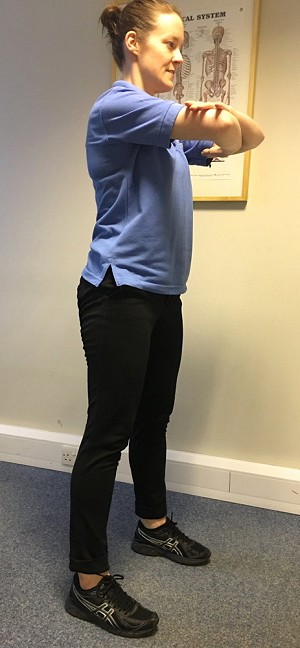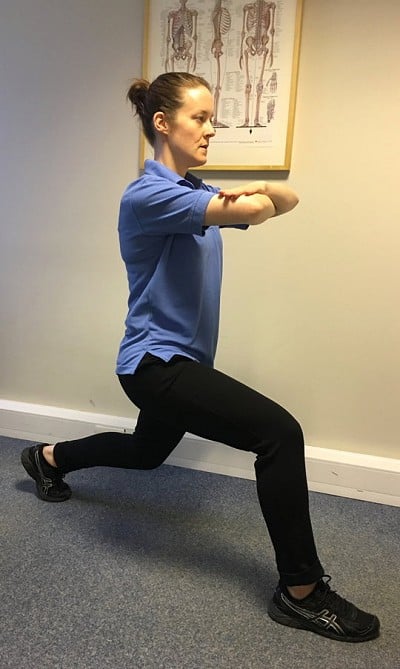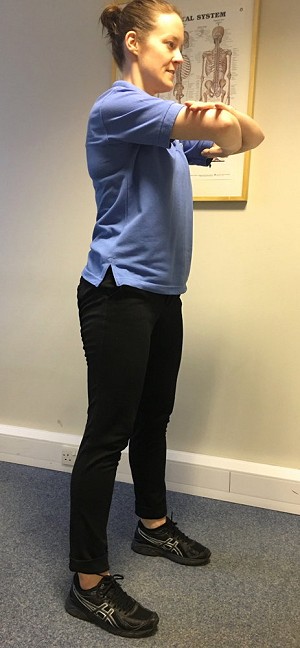How to Stay Fit For Hillwalking
In an ideal world, hillwalkers would have the freedom to enjoy their favourite hobby every day and in perfect conditions. Sadly, most of us have to fit our walking around jobs, family and the fickle UK weather.
So how can we stay in trim when we're not on the hill? From specific exercises and stretches to general tactics for staying active, here are some tips for keeping fit for hill walking, in between the walking.
Keep cardio fit
Cardiovascular fitness, keeping heart, lungs and muscles strong, is very important for your enjoyment of hill walking. If you are in good cardiovascular shape you will find it easier to walk longer distances in the hills, carry heavy loads for longer, and cope with the demands of hiking up and down slopes.
You can maintain this type of fitness by doing exercise that makes you out of breath for at least 30 minutes per day. Cardiovascular workouts might include running, cycling, swimming, aerobics or brisk walking.
Walk when you can
You might not always be able to walk in the mountains but you can still walk wherever possible to help maintain your cardio fitness.
Try to choose walking over the use of the car or public transport where possible. For example, you could get off the train one or two stops before your usual journey end and walk the rest of the way.
Alternatively, why not park your car a mile or two from the office and walk the rest of the commute? Walking the kids to school, or to the shops, or walking and talking with a friend instead of sitting in a café adds extra cardio value, too.
Leave the lift alone
Scottish mountain guide Steve Fallon is a big fan of taking the stairs rather than the lift. He says: "Climbing steps or stairs is very similar to walking up hills. So if you walk the stairs instead of taking a lift whenever you can you are keeping your legs and lungs fit for hill walking."
You could use steps as a way to exercise the leg muscles in preparation for days in the hills, too. Find a long set of steps indoors or outdoors and walk or run repeat sets. Make sure you keep your body upright, with hips forward and chest up as you walk fast or run up the steps. You can use your arms to drive you forwards, too.
Count your steps
If you lack the motivation to walk for fitness try keeping track of your steps with a step counting gadget, such as a Fitbit. Set a goal, perhaps 10,000 steps each day, and see how your incentive to walk improves simply because you do not want to be beaten by a gadget!
Why not compete with family members or friends each day or over a week to see who walks the most steps?
A quick blast
Doing a little exercise but hard and fast is better than doing nothing at all. Walkers can benefit from a 20-minute brisk walk, especially if you include hills, or a short but challenging run a few times a week.
The claim of high intensity interval training, known as HIIT, is that it's more effective than a longer period of normal or "comfort zone" cardio because the intensity is higher and you are able to increase both your aerobic and anaerobic endurance while burning higher levels of fat, but only for a short time.
For a HIIT session, you should start with a warm up, such as a walk or easy jog, and then alternate moderate intensity with high intensity intervals. It's important to be in good health before you start this form of exercise but it can be a good way to stay in shape with limited spare time.
Stretch for flexibility
Linda Canning, an osteopath and movement specialist, believes that walkers will greatly benefit from "keeping feet, ankles, hips and pelvis in good nick".
She says: "All the joints that help us to walk need to be well aligned, mobile, strong and flexible. Improving balance and keeping your legs mobile and strong will make the hills easier. This will help to prevent early fatigue, too."
"To achieve a body with good balance and proprioception, there are easy exercises that should be performed every day."
Linda, of Bearsden Osteopaths, suggests that walkers should do daily stretches of muscles including the calves, shins, hamstrings, pelvic muscles (gluteal and hip rotators) and lower back, as well as the "much neglected" hip flexor muscles (iliopsoas).
Linda says: "Doing these stretches after cardiovascular exercise, even just light walking, is usually more beneficial."
She also believes that activation and mobility exercises are important for walker. Linda says: "If you're a beginner, strength and mobility work should start with floor exercises to help activate the gluteal muscle. I also work with walkers on deep abdominal – or "core" – activation exercises, which help to support the trunk."
"After that we would move to more functional upright exercises, such as lunges and squats."
Attending regular yoga or Pilates classes is also highly recommended for walkers who want to stay fit and flexible for the hills.
Exercises you can do at home
Strengthening leg and hip muscles will be of great benefit when walking in the hills. Stronger muscles help to avoid the pain of lactic acid build up and to avoid potential injury by straining muscles.
Toe raises to work feet and shins
Sit on a chair with your feet flat on the floor. Lift just your toes, then lift the rest of your foot, but keep your heels on the floor. Then slowly lower your foot and then your toes. Repeat 10 times.
Lunges for all-over leg muscle strength
Stand with feet hip width apart. Take a big step forward with the right foot, then slowly lower the left knee towards the floor. Make sure the right knee is at 90 degrees.
Push into your right foot and stand back up, bringing your left foot forward at the same time. Do this eight to 10 times each side.
Squats for thighs and glutes
Stand with feet in a fairly wide stance; slightly wider than the hips. Position feet straight and forwards and then lower your butt down into a squat position, as if sitting down on a chair. Keep the back straight and your chest up as you look forward.
Go as low as you comfortably can without lifting the heels off the ground. Then slowly come up to standing again. Repeat 10 times, aiming to go a bit lower each time.
If you follow some of the above methods, the chances are you will enjoy your hill walking days a lot more when they do come around!



